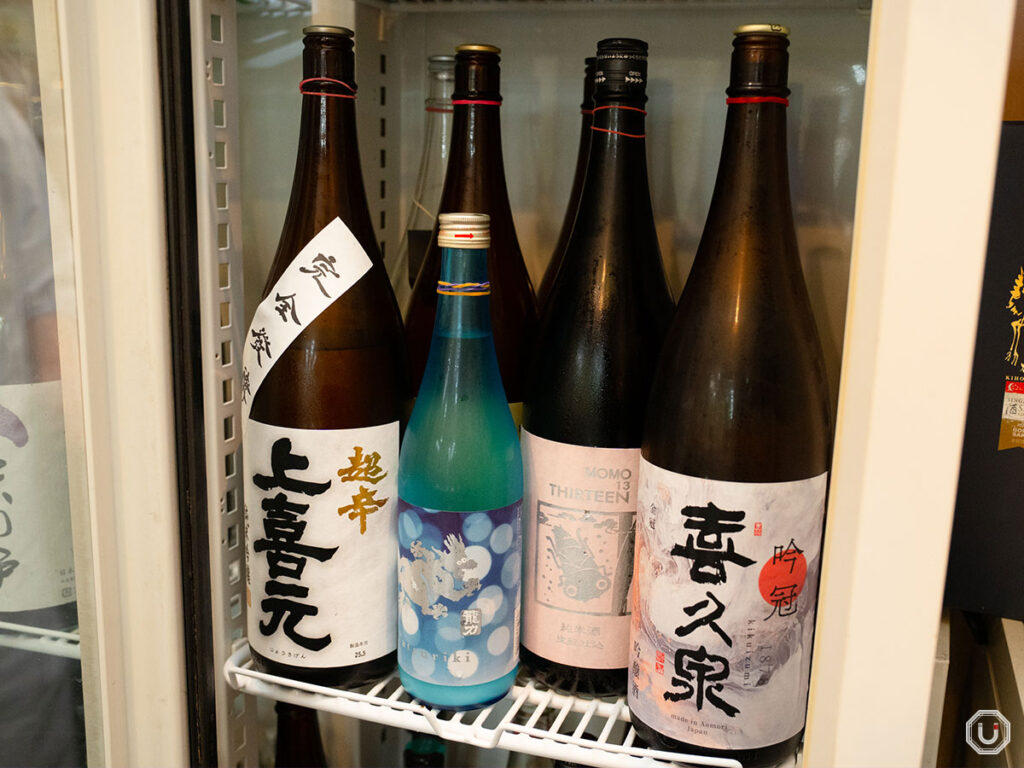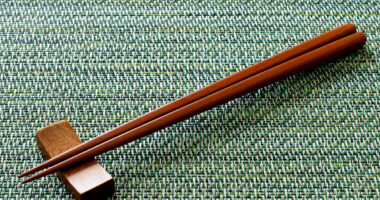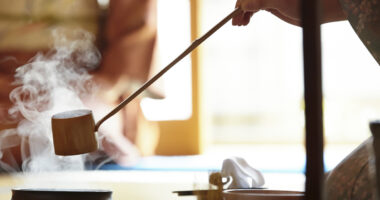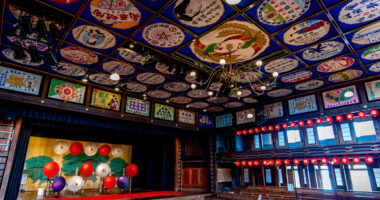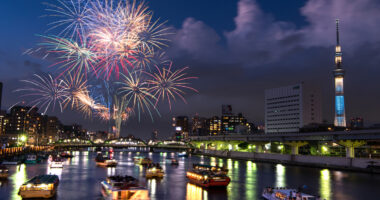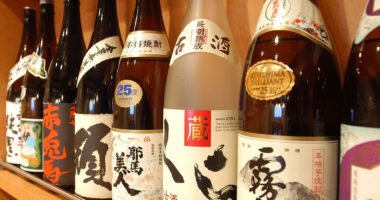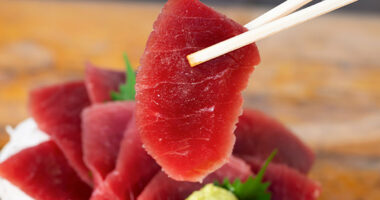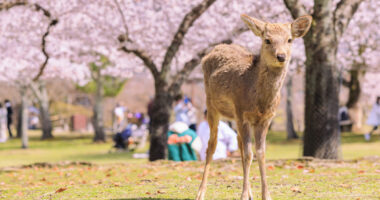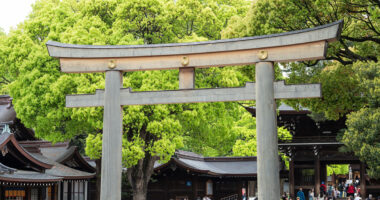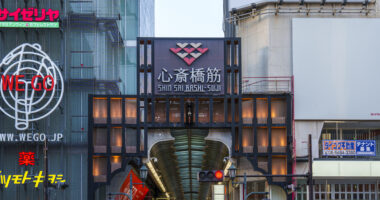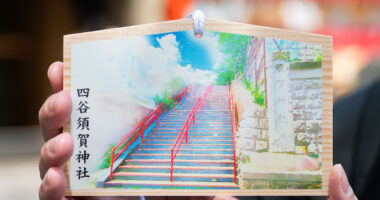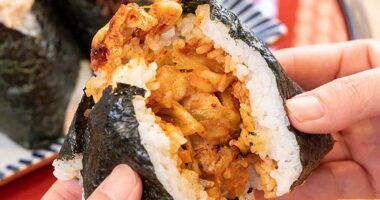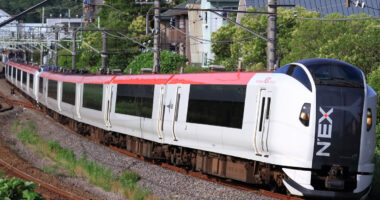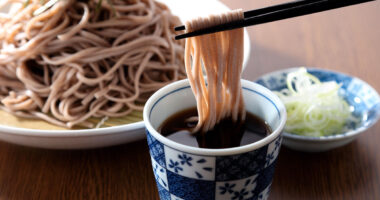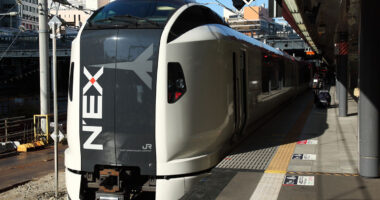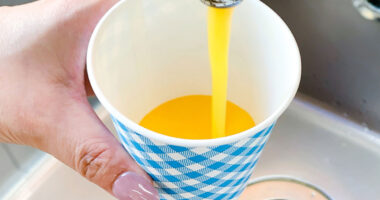For visitors to Japan, the country’s drinking culture is a fascinating part of the experience. By learning about the many types of beverages—beginning with nihonshu (Japanese rice wine, known as “sake” in English)—their production methods, and how to enjoy them, you can connect more deeply with local culture. This article clearly explains essentials and cautions so you can taste safely and happily while traveling.
Types of Japanese alcoholic drinks and their characteristics
Japan offers a wide range of alcoholic beverages, each with its own production methods and flavors. Here are the main types you are most likely to encounter while sightseeing.
Basics of nihonshu
Nihonshu is a brewed beverage made primarily from rice and water, typically 15–20% ABV. It is legally classified as seishu (the legal category of “sake” in Japan)—you’ll often see 「清酒」 on labels. Styles are defined by brewing method and rice-polishing ratio, each with its own profile. It can be enjoyed chilled as reishu (served cold) or gently warmed as atsukan (served hot).
Main categories include junmai-shu (“pure rice sake”), ginjō-shu (fragrant, slowly fermented at low temperature), daiginjō, and honjōzō-shu (made with a small addition of brewer’s alcohol). Junmai-shu highlights the grain’s natural depth, while ginjō styles are celebrated for their fruity aroma.
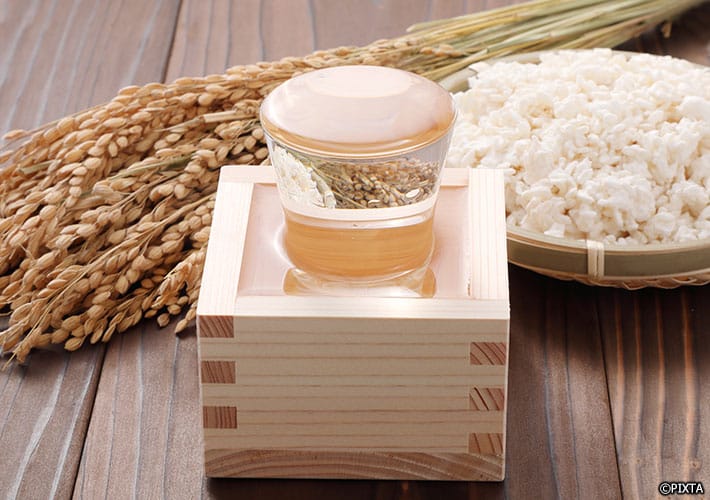
Image for illustrative purposes.
Differences between shōchū and awamori
Shōchū is a distilled spirit made from ingredients such as sweet potato, barley, or rice, typically 25–45% ABV—higher than sake. It is especially beloved in the southern Kyushu region of Japan and is enjoyed straight, with water, or with hot water.
Awamori is Okinawa’s distinctive distilled spirit, produced with black kōji mold and its own traditional method. Long-aged koshu is particularly prized—well worth trying when visiting Okinawa.
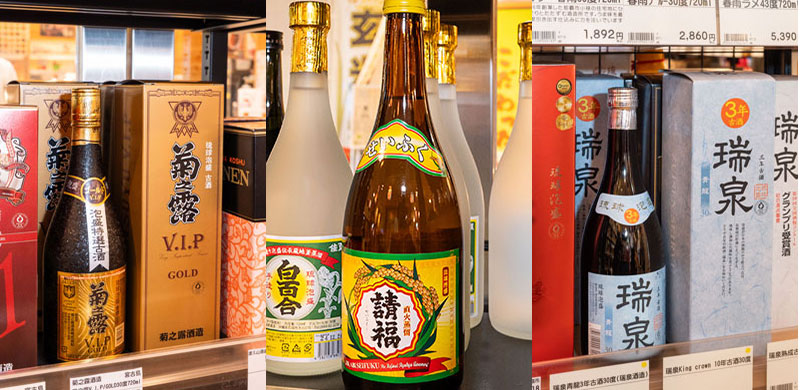
Example of awamori sold at Ginza Washita Shop Honten
Popularity of beer, whisky, and chūhai (“shochu highball/canned cocktail”)
Beer is widely consumed in Japan, with options ranging from domestic brands to imports. In izakaya (Japaneese gastropubs) and restaurants, the custom of ordering beer for the first round is firmly rooted.
Japanese whisky earns high marks internationally, spanning single malts to blends. Chūhai—a lower-alcohol, shochu-based drink—comes in many fruit flavors and is easy to enjoy.
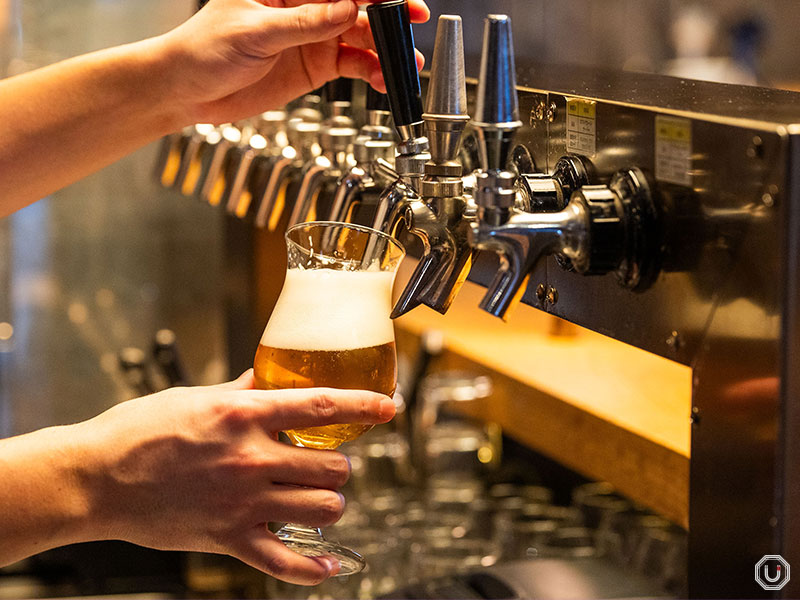
Craft beer served at “THE PUBLIC SIX”
Japan’s “three great sake regions” and other famed local scenes
Japan has what are commonly called the “three great sake regions”—known in Japanese as Nihon sandai sakadokoro—each with its own character: Nada (Hyōgo), Fushimi (Kyoto), and Saijō (Hiroshima). Visiting them deepens your understanding of sake culture.
Sake from Nada, Hyōgo
Nada is renowned for high-quality brewing that uses famed miyamizu (“Miya” brewing water) and the sake rice Yamada Nishiki. Historic breweries line the area from Kobe to Nishinomiya.
Brewery tours are popular in Nada, with many facilities where you can see traditional shikomi (brewing/mashing) up close. Tastings are well organized, letting you combine sightseeing with hands-on sake culture.
Sake from Fushimi, Kyoto
Blessed with abundant underground water, Fushimi is known for elegant, rounded sake. You can enjoy brewery walks amid Kyoto’s historic atmosphere.
Seasonal kikizake (tasting events) let you compare multiple breweries’ products at once, and guided tours for visitors are widely available.
Sake from Saijō, Hiroshima
Nicknamed the “sake capital,” Saijō is unusual in having several breweries clustered near the train station. You can visit many on foot and sample local sake efficiently.
Each autumn the “Sake Festival” draws large crowds. Pairing local cuisine with sake offers a broad taste of regional food culture.
Niigata’s sake and local culture
Although not one of the “three great regions,” Niigata is widely recognized as a top sake area. Niigata sake is famed for a tanrei karakuchi profile—light, clean, and dry. The prefecture has 90+ breweries, each with distinctive local bottles.
Alongside brewery tours, buying souvenirs is popular—limited editions and brewery-only releases make memorable mementos of your trip.
Experiences and how to enjoy alcohol while traveling
Here are practical ways to enjoy drinks in Japan—and tips for a deeper cultural experience. With the right knowledge, you can have a safe, rewarding time.
Why sake brewery tours are great—and what to know
On sake brewery tours you can see traditional shikomi in action and learn from the skills and history of the master brewer, the tōji. Many breweries offer English-guided tours, making participation easier for visitors.
Reservations are often required—popular breweries may book out weeks in advance. Tasting is usually included in the tour fee.
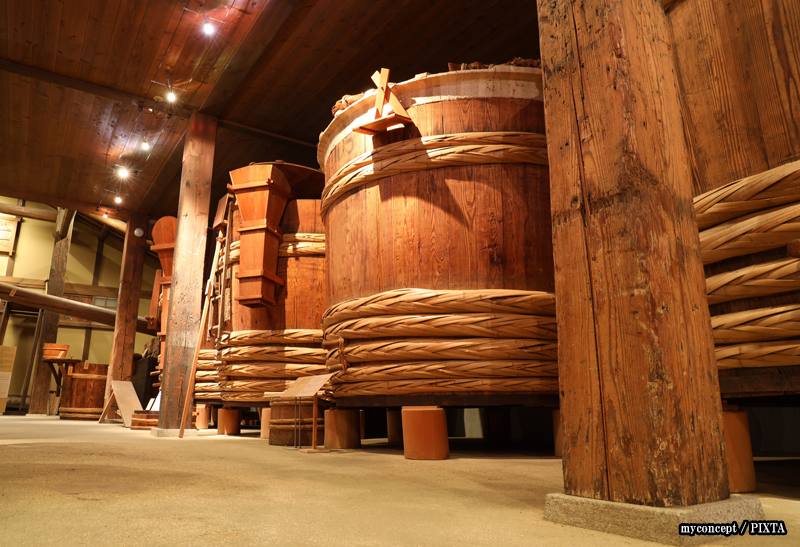
Photo for illustrative purposes
Tasting etiquette and how to get the most from it
Taste small amounts of several styles, focusing on aroma, palate, and finish. With sake, first assess the aroma, then take a small sip and let it spread across your tongue.
Water is provided—rinse between samples to reset your palate. For drivers and minors, non-alcohol options such as sweet fermented rice drinks or snacks made with sake lees are often available.
Joining kikizake events
At kikizake events you can compare multiple breweries at once and grasp sake’s depth in a short time. These often coincide with local festivals and tourism events, letting you experience regional culture too.
It’s also a chance to hear directly from brewery staff—an experience many visitors treasure.
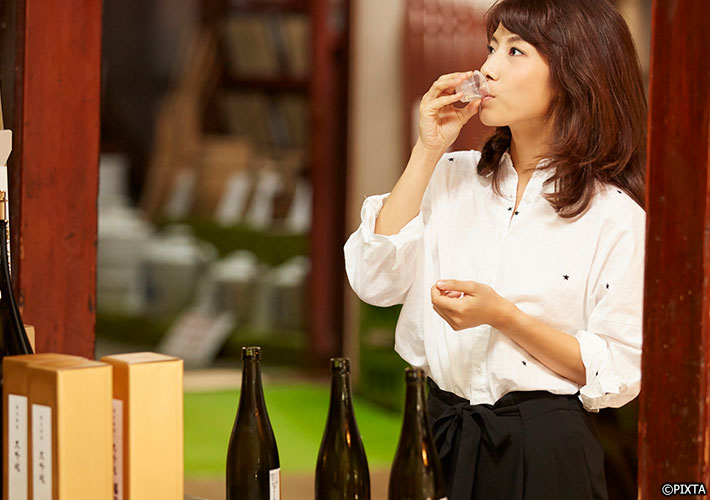
Taste testing at a kikizake event.
Food pairings and cultural meaning
Japan’s drinking culture is closely tied to its cuisine. Knowing how to pair drinks and dishes—while considering regional and seasonal factors—opens up richer flavor experiences.
Enjoying sake with food
Sake pairs beautifully with Japanese dishes—especially seafood, tofu preparations, and simmered vegetables. Lighter, cleaner styles suit sashimi and sushi, while fuller-bodied junmai works well with simmered or grilled dishes.
Temperature is part of the fun: chilled sake complements refreshing foods, while warmed sake is commonly matched with winter dishes. If you’re unsure, ask the staff for a recommended pairing.
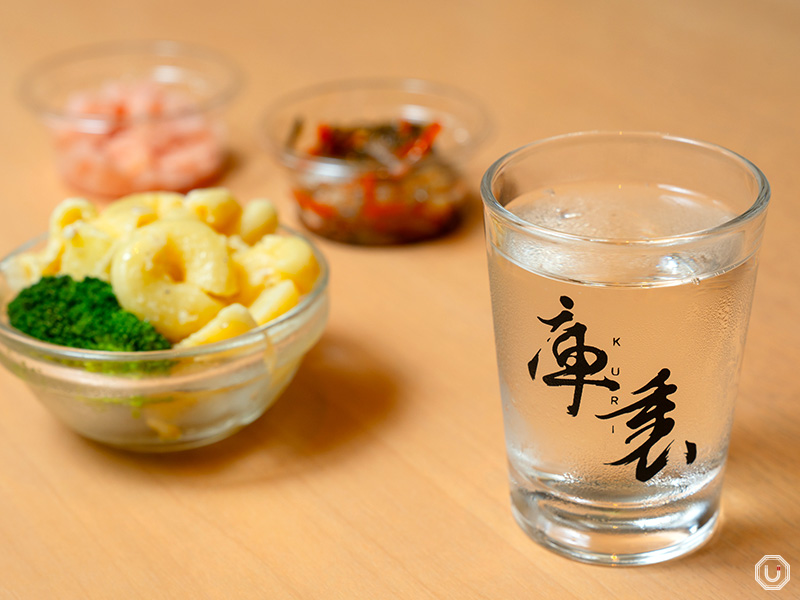
Tasty side dishes and sake served at “Tachinomi Kuri”
Pairing with local specialties
Local sake shines when paired with that region’s specialties and home-style dishes. Coastal areas, for example, highlight seafood with local brews; mountain towns pair sake with wild greens and country cooking.
Many restaurants in sightseeing areas offer special menus that match local ingredients with local sake, letting you taste that region’s food culture.
Seasonal ways to enjoy
Japan embraces seasonal drinking: hanamizake (sake while viewing cherry blossoms) in spring, chilled reishu in summer, fresh shinshu (new sake) in fall, and hot atsukan in winter. Each season has typical serving styles and pairings.
Autumn is especially good for limited shinshu released straight from the brewery. Many regions hold shinshu festivals—great timing for travelers.
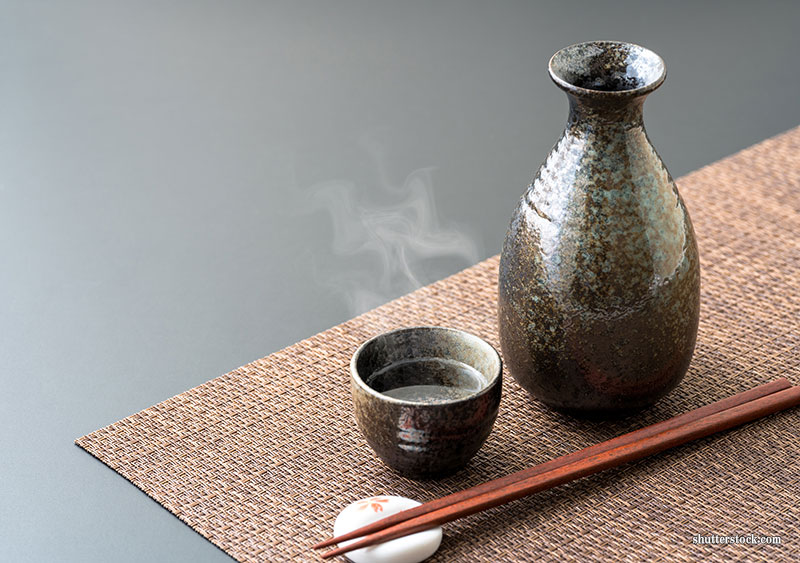
Hot Japanese sake is great in winter (photo for illustrative purposes).
Alcohol strength and safe enjoyment
To enjoy Japanese drinks safely, understand alcohol strengths and pace yourself appropriately—especially while managing your condition during travel.
ABV comparison by drink
Typical ranges are as follows: sake 15–20%, shochu 25–45%, beer 5–7%, and chūhai 5–9% ABV. Know the differences and choose according to your tolerance.
Moderation and looking after yourself
Because travel puts you in unfamiliar conditions, start with less than you normally would. Fatigue from walking and jet lag can make alcohol feel stronger.
Always drink with food and stay hydrated. In summer, watch for dehydration and make sure to drink water before and after alcohol.
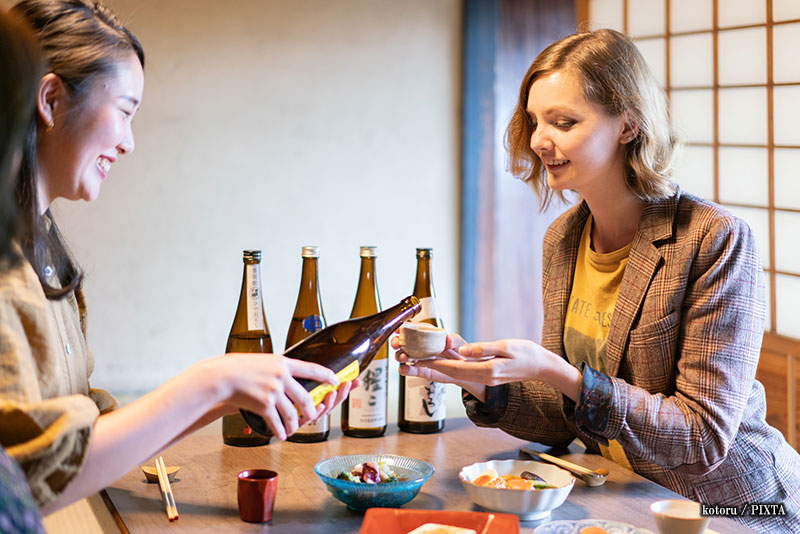
Photo for illustrative purposes
Using public transport—things to keep in mind
Japan has informal norms around drinking in public; in most cases, refrain from drinking on ordinary trains. Avoid loud behavior or anything that might disturb others if you’re tipsy.
On the way back to your accommodation, check the last train times or consider a taxi (note that late-night fares are higher), and plan your budget accordingly.
Choosing alcohol as gifts—and how to buy
Alcohol is a popular item to bring home from your trip to Japan—both as a personal keepsake and as a gift to offer someone else. Understanding how to choose and what to watch for helps you shop with confidence.
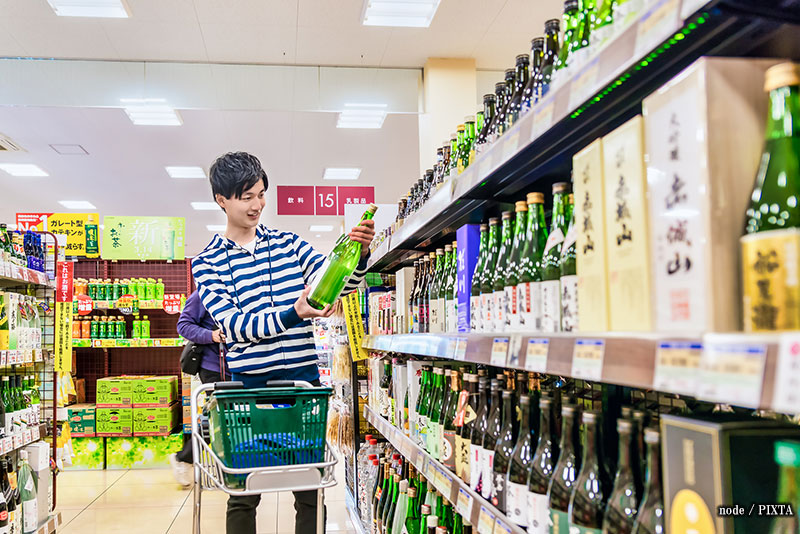
Photo for illustrative purposes
Buying at the airport vs. buying locally
Local breweries and specialty shops offer limited and region-exclusive bottles, while airports let you safely buy major brands. Choose based on which benefits matter most.
Buying at a brewery lets you pick bottles with known vintage and storage conditions. Airports, meanwhile, offer duty-free pricing and convenient packing/shipping services.
International transport rules
International transport of alcohol is regulated and may be limited by ABV or quantity. Check your home country’s rules in advance and follow the proper procedures.
Liquids face carry-on restrictions, so unless your bottles are tiny and within your airline’s carry-on limits, plan on packing bottles in checked luggage. Use protective packing or a dedicated shipping service to prevent breakage.
Storage and quality
To maintain quality, keep bottles away from direct sunlight and in places with minimal temperature swings. Sake is particularly sensitive to heat and light—storage has a major impact on flavor.
Many products can be kept at room temperature before opening, but refrigeration may be recommended afterward. Ask the shop for storage advice when you buy.
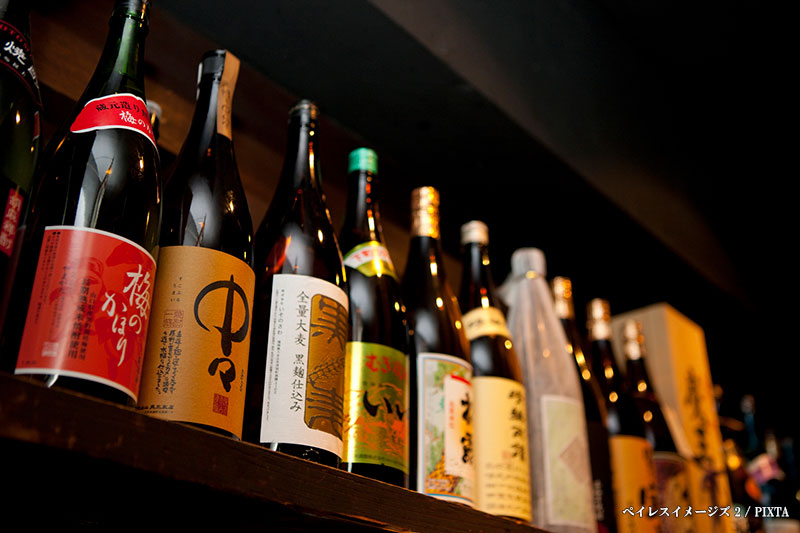
Bottles of shochu stored on a store shelf (photo for illustrative purposes).
Summary
Japan’s drinking culture is more than beverages—it’s intertwined with regional history and culinary culture. From sake and shochu to beer, whisky, and chūhai, each category has its own methods and ways to enjoy it.
Brewery tours, tastings, and kikizake events let you combine sightseeing with cultural immersion. Exploring Nada, Fushimi, and Saijō—the three great sake regions—and places like Niigata connects you with local traditions.
By understanding ABV, drinking in moderation, and pairing thoughtfully with food, you can enjoy safely and richly. For gifts, balance local limited editions with airport purchases, learn proper storage, and keep savoring Japan after you return home. May your culture-through-drinks experience become a lasting memory of your trip.
